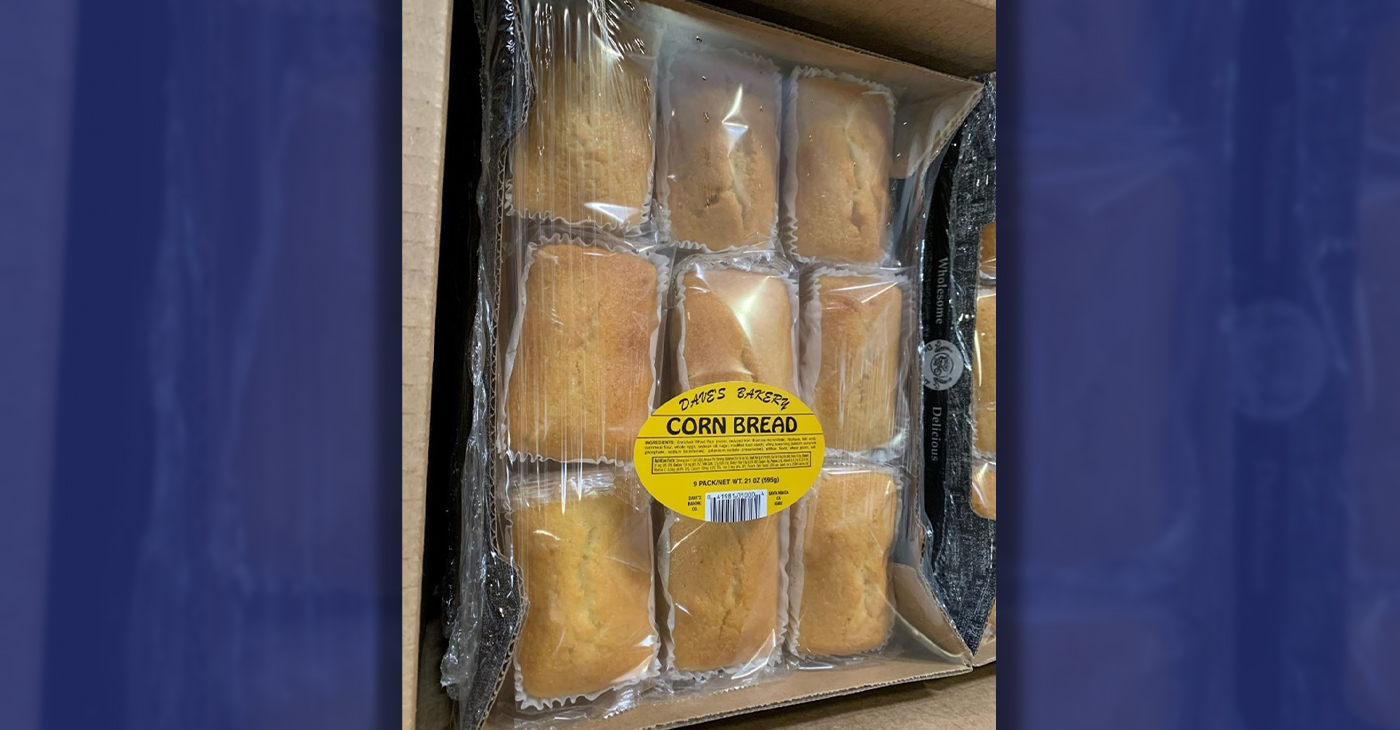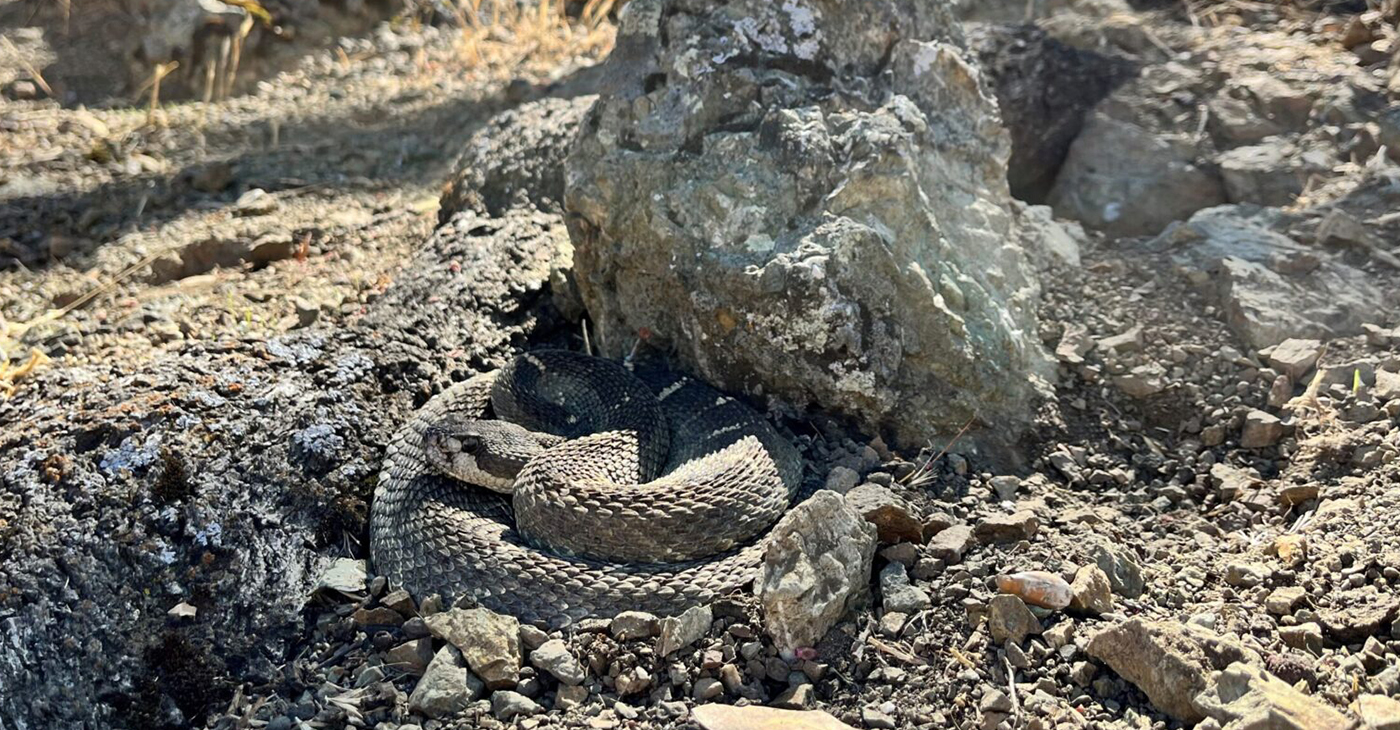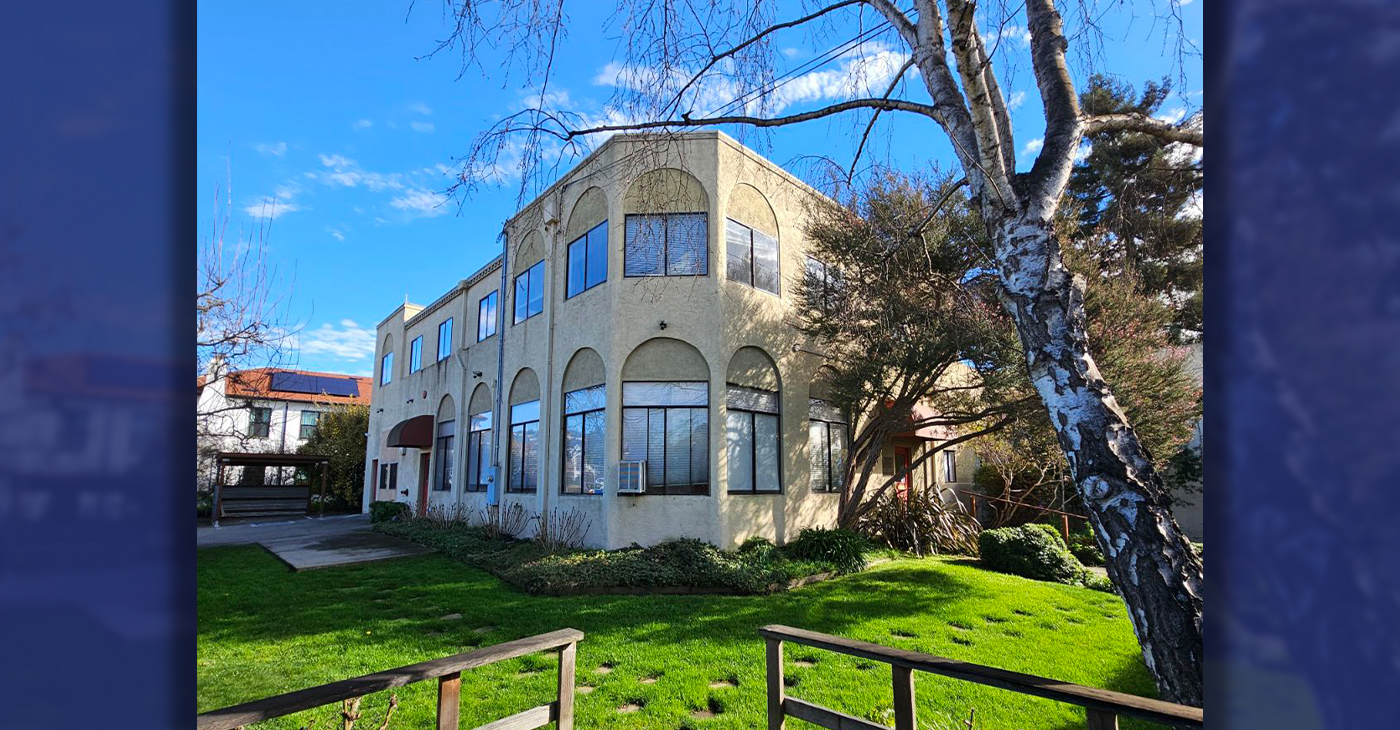Health
The Practice of Parents Posting Child Beatings Online Becoming More Common
by Jamaal Abdul-Alim
Special to the NNPA from the San Diego Voice & Viewpoint
Back in the days when a Black child ran afoul of his or her parents or elders, the child might be asked to go retrieve a “switch”—a thin branch from a tree or a bush—in order for the adult disciplinarian to use to beat the child as punishment for a particular infraction.
“That’s some hell of a psychology, right, to make you go get a switch to beat your own ass with, right?” the legendary comic Richard Pryor observed once in his famous 1979 “Live in Concert.” These days, the “switch” may be largely a thing of the past, but it’s been replaced by a new form of punishment that is just as unnerving—if not more—than being asked to retrieve a tree branch that one knows will be used to inflict pain on one’s own hide. Instead of asking misbehaving children to retrieve a switch, a small but growing number of Black parents are retrieving video cameras in order to record themselves whipping their children, then posting videos of the whippings on social media websites, such as Facebook, to embarrass their children to get them to discontinue any non-desirous behavior.
In the cases of boys, the parents were often upset over their sons’ involvement in gangs or similar criminal activity. In the cases of girls, the parents were typically upset over their daughters being sexually promiscuous or representing themselves as being older than they actually were. Consider, for instance, the titles of the following videos, which can be found easily online:
- “Father Slaps His Son For Trying To Be In A Gang ‘My Son Will Not Be In A Gang Who Ever Has A Problem Come See Me!’”
- “Mama Don’t Play: Mother Whoops Her Daughter For Being A Thot!” (A “thot” is a contemporary slang term for a promiscuous girl.)
- “Father Whoops On His 13-Year-Old Daughter Dressed Like Beyonce After Going Missing For 3 Days!”
- “Father Gives His Nephew An Old School Azz Whoopin On Webcam For Acting Hard On Facebook”
The practice of posting videos of child beatings online is so disquieting for some Black scholars that some declined to comment for this article. And those who did speak did so hesitantly out of concern that highlighting cases in which Black children were purposefully beaten on camera might perpetuate false notions that Black parents are more violent than parents of other ethnicities when it comes to the disciplining of their children.
That’s a valid concern when you consider the fact that these videos—often just a few minutes or less—are generating millions of views online and thus saturating large segments of American society. All of the Black scholars contacted for this article condemned the practice of combining corporal punishment and social media as counterproductive. They also urged Black parents to try to find alternative means of disciplining their children.
“I oppose the practice,” said Dorothy E. Roberts, a professor of law and sociology at the University of Pennsylvania. “I think they’re humiliating their children and I don’t think it’s going to help,” Roberts said. “If anything it’s going to make the children resentful. I think that humiliating children can be as painful as the physical harm.”
Carletta N. Perry, Assistant Professor of Psychology at Saint Leo University, said putting discipline methods on social media can increase negative attention-seeking behavior. “This is the opposite of what parents want,” Perry said. “They want their children to stop whatever negative behavior they are involved in, but sharing the discipline on social media is not the way. “Embarrassment may be one of the goals to stop the behavior, but, in fact, this type of behavior is an embarrassment to the family, the culture, and society,” Perry said.
It’s also legally perilous. In several cases parents were arrested for the beatings that were captured on videos and posted online. Both Roberts and Perry suggested that the practice of putting child beatings online appears to be indicative of parental frustration. They sought to make it clear that they did not want to bash the parents. They also sought to broaden the context in which the videotaped beatings took place. “I don’t just condemn these parents,” Roberts said. “I also condemn the situations that they and their children find themselves in.”
“As a psychologist, I have worked with parents who struggle to keep their children out of dangerous situations and in line on a day-to-day basis due to outside influences,” Perry said. “Unfortunately, I have also seen parents cry out for help to the police, to the courts, and to the community but many times their cry is unheard, unanswered and they feel alone in parenting during difficult situations.”
One important thing to understand about some of the cases in which Black parents beat their children and then post videos of the beating online is that some of the children’s misbehavior was perpetrated online. You might think of it as parents going to the playground where they were misbehaving and beating their children in public—only now the “playground” is the Internet.
Girls, for instance, may have been caught flirting with boys or older men online, and so their parents meted out the punishment in the same venue. Boys, on the other hand, may have bragged about gang involvement on their Facebook pages, and so their fathers or uncles post videos online of them beating the boys and forcing them to renounce their gang ties publicly.
Roberts questioned the premise of whether the practice of parents putting child beatings online is actually confined to Black parents and urged a reporter to search for cases in which parents of other ethnicities had done the same thing. While it’s difficult to collect and assess all cases of videotaped child beatings, a recent unscientific web search turned up one apparent distinction between cases of White parents and Black parents where videos surfaced of them beating their children online.
That is, in several cases where White parents had been videotaped beating their children, the video recordings were unintentional or surreptitious. That is to say, the White parents had simply been caught beating their children on video. Black parents, on the other hand, had put the videotaped beatings online on purpose. And sometimes they defiantly expressed blatant disregard for the legal repercussions or ramifications of doing so.
For instance, a Flint, Michigan mother who—along with her mother—made a video of them beating her 11-year-old son for claiming to be a “gangster” and not doing his school work actually looked into the videocamera and defiantly and daringly said: “Please call CPS (child protective services) if you want to. Watch this ass-whooping this ‘gangster’ gonna get.” The boy is made to apologize to his mother, asked about his grades in school and made to tell the people on Facebook: “it’s not cool to be a gangster.”
Illustrating how corporal punishment has been a longstanding institution within the family, the boy’s grandmother tells the boy she would “do just like my mama …. Walk and then come back and whoop your ass some more if I feel like it, you understand?” Perry—without speaking directly to the aforementioned case—said it’s important to “speak life into your children and tell them who they are, where they come from and where they are capable of going in their bright future.”
“And, always speak with love in your heart and never in angry moments,” Perry said. “Remember to pause before you speak because your actions and your words are the lessons they will remember.”
Community
Calif. Dept. of Public Health: Got Milk Allergies? Don’t Eat Dave’s Bakery Cornbread
The California Department of Public Health (CDPH) issued a warning on Jan. 26, instructing consumers with milk allergies or “severe sensitivity to milk” in the state to not eat Dave’s Bakery Corn Bread due to “risk of illness.” The CDPH warns that consumption of the corn bread manufactured by a Gardena-based company — with expiration dates up to June 18, 2024 — may lead to “life threatening” reactions.

By California Black Media
The California Department of Public Health (CDPH) issued a warning on Jan. 26, instructing consumers with milk allergies or “severe sensitivity to milk” in the state to not eat Dave’s Bakery Corn Bread due to “risk of illness.”
The CDPH warns that consumption of the corn bread manufactured by a Gardena-based company — with expiration dates up to June 18, 2024 — may lead to “life threatening” reactions.
“This warning applies only to the Corn Bread produced by Bake R Us, DBA Dave’s Baking Company and distributed to schools, retail facilities and in vending machines primarily in southern California,” the DCPH statement reads.
“This product should not be confused with other similarly named companies with national distribution,” it continues.
According to the CDPH, although the corn bread product contains whey, which is a milk allergen, there is no allergy warning label on the packaging, though it is required by state law.
So far, authorities say, no illnesses have been reported in the state, but if anyone finds the products on sale anywhere in the state, they should call the CDPH complaint hotline at (800) 495-3232 or file a report online at CDPH.ca.gov
The CDPH is also recommending that people who have eaten the product and are experiencing any reaction or ill effects should consult their health care provider.
Bay Area
East Bay Regional Park District Issues Rattlesnake Advisory
The East Bay Regional Park District released an advisory today on rattlesnakes, which emerge from winter hibernation in early spring and become more active. Warm weather can bring more potential for rattlesnake encounters with humans and dogs, particularly along trails and roads.

The Richmond Standard
The East Bay Regional Park District released an advisory today on rattlesnakes, which emerge from winter hibernation in early spring and become more active.
Warm weather can bring more potential for rattlesnake encounters with humans and dogs, particularly along trails and roads.
Visitors are encouraged to avoid hiking alone in case of an emergency, to scan the ground ahead as they walk, jog or ride, stay on trails avoiding tall grass, and to look carefully around and under logs and rocks before sitting down. Keep your dog on your leash to be extra safe, park officials said.
If you encounter a rattlesnake, leave it alone – it is unlawful to capture or harm one. Move carefully and slowly away or around it and give it plenty of space, park officials said.
Those who are bitten by a rattlesnake are instructed to stay calm by lying down with the affected limb lower than the heart, then having someone call 911.
Getting medical attention is critical.
Those bitten should not use tourniquets, “sucking,” or snake bite kits. If you are by yourself, walk calmly to the nearest source of help to dial 911, do not run.
If bitten by any other type of snake, wash the wound with soap and water or an antiseptic and seek medical attention.
Not sure what bit you? Check the bite for two puncture marks (in rare cases one) associated with intense, burning pain, which is typical of a rattlesnake bite. Other snakebites can leave marks without associated burning pain.
The Northern Pacific rattlesnake is the species found in East Bay Regional Parks. Snakes are important to the natural environment, helping to control rodents and other reptile populations. But enjoy them from afar.
For more information, download the Park District’s Common Snakes brochure or watch our Gopher Snake or Rattlesnake video to learn how to tell the difference between rattlesnakes and gopher snakes. Additional information is available at ebparks.org/safety/wildlife-encounters.
Alameda County
A Safe Place, Bay Area Domestic Violence Community Organization, Opens New Service Center in Oakland
Oakland-Bay Area non-profit, A Safe Place, announces the grand opening of its newly purchased building in Oakland that will be a service center for families that have suffered from domestic violence. The new, two-story building has over six new service rooms for counseling, mental health support groups, legal services, children’s treatment, safe space for community engagement, and partnership activities.

By Courtney Slocum Riley
Special to The Post
Oakland-Bay Area non-profit, A Safe Place, announces the grand opening of its newly purchased building in Oakland that will be a service center for families that have suffered from domestic violence.
The new, two-story building has over six new service rooms for counseling, mental health support groups, legal services, children’s treatment, safe space for community engagement, and partnership activities.
Domestic violence occurrences and offenses account for a considerable amount of all violent crimes in Alameda County. A Safe Place is attempting to provide a safe place for families to heal. A Safe Place is the only comprehensive domestic violence assistance program including a safehouse, in Oakland.
The grand opening celebration will also serve as a fundraiser to build out healing, therapeutic spaces for children and adult victims and survivors and survivors of domestic violence (male and female).
The new service center will expand the work of the organization, founded in 1976 when a group of women working in San Francisco came together to address the urgent need for a shelter in the East Bay. A year later, they founded A Safe Place (ASP) in Oakland. Run solely by volunteers, they set up a crisis line to offer crisis counseling and information to battered women and their children.
The organization serves over 500 adults and children annually through a host of services including crisis counseling via 24-hour crisis line, emergency motel and safehouse sheltering, mental health services (counseling and support groups).
Under the leadership of Executive Director, Carolyn Russell, the organization has grown from a single program into the comprehensive domestic violence and assistance program. ASP strives to meet the growing and diverse needs of our growing community.
The organization hopes to complete all the upgrades and therapeutic room improvements by August 2024. The public is invited to donate to the effort by using the website at www.asafeplace.org/donate. The organization also accepts in-kind gifts as well as items from the organization’s Amazon Wishlist.
-

 Community4 weeks ago
Community4 weeks agoFinancial Assistance Bill for Descendants of Enslaved Persons to Help Them Purchase, Own, or Maintain a Home
-

 City Government1 week ago
City Government1 week agoCourt Throws Out Law That Allowed Californians to Build Duplexes, Triplexes and RDUs on Their Properties
-

 Activism2 weeks ago
Activism2 weeks agoOakland Post: Week of April 24 – 30, 2024
-

 Business4 weeks ago
Business4 weeks agoV.P. Kamala Harris: Americans With Criminal Records Will Soon Be Eligible for SBA Loans
-

 Community4 weeks ago
Community4 weeks agoAG Bonta Says Oakland School Leaders Should Comply with State Laws to Avoid ‘Disparate Harm’ When Closing or Merging Schools
-

 Community3 weeks ago
Community3 weeks agoRichmond Nonprofit Helps Ex-Felons Get Back on Their Feet
-

 Community3 weeks ago
Community3 weeks agoOakland WNBA Player to be Inducted Into Hall of Fame
-

 Community3 weeks ago
Community3 weeks agoRPAL to Rename Technology Center for Retired Police Captain Arthur Lee Johnson




















































